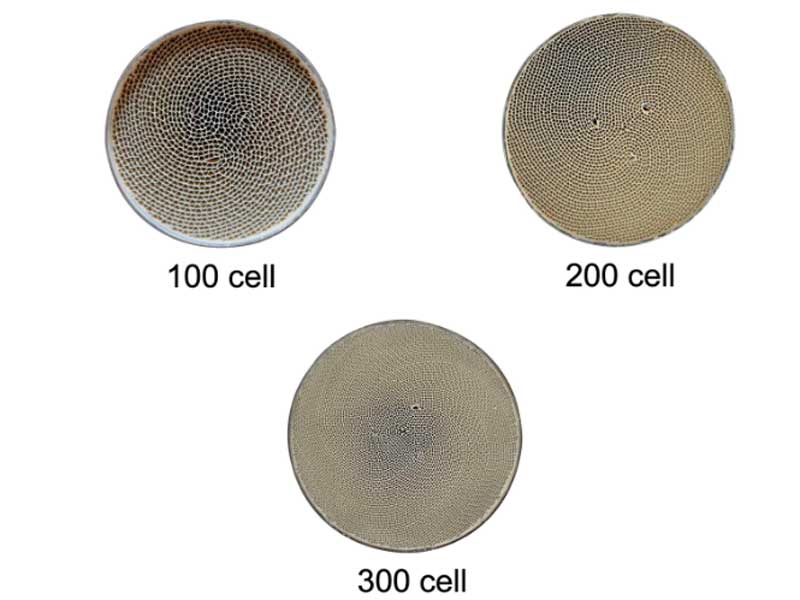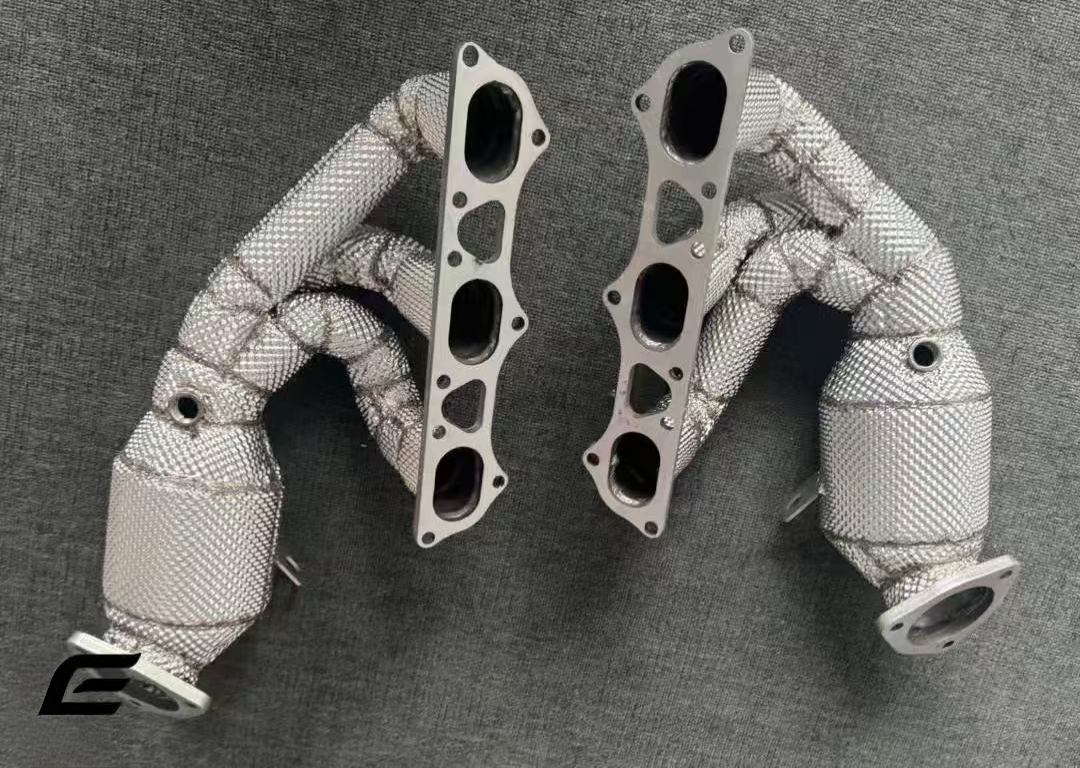 +86 17870576410
+86 17870576410 What’s the Catalytic Converter

In the face of the escalating global concern over environmental protection, the control of automotive exhaust emissions has emerged as a pivotal issue. With ever - tightening environmental regulations around the world, the three - way catalytic converter has become an indispensable and core component within the car's exhaust system. Despite its significance, a large number of people remain unaware of its appearance and function.
The three - way catalytic converter is typically constructed with a honeycomb - structured ceramic core. This core is impregnated with precious metals like platinum (Pt), palladium (Pd), and rhodium (Rh), which act as catalysts. To safeguard the delicate ceramic carrier and the catalysts within, it is encased in a durable stainless - steel shell. This unique design allows for maximum surface area exposure of the catalysts, enhancing their efficiency.
Functionally, the catalytic converter is designed to transform harmful gases emitted from the engine into harmless substances through a complex catalytic reaction. Gases such as carbon monoxide (CO), hydrocarbons (HC), and nitrogen oxides (NOx) are the main culprits in polluting the air. Through the action of the catalytic converter, CO is oxidized to carbon dioxide (CO₂), HC is burned to water (H₂O) and CO₂, and NOx is reduced to nitrogen (N₂). These reactions occur at high temperatures, usually ranging from 400°C to 800°C. The precious metal catalysts play a crucial role in accelerating these reactions, significantly reducing the environmental pollution caused by vehicle exhaust.
Moreover, as technology advances, catalytic converters are being optimized for better performance and durability. Newer models are designed to work more efficiently at lower temperatures, reducing the so - called "cold - start" emissions, which are a significant source of pollution during the initial minutes of a vehicle's operation. Additionally, research is ongoing to develop more cost - effective and sustainable catalytic materials, ensuring that the automotive industry can continue to meet strict environmental standards in the future.
In conclusion, the three - way catalytic converter is a silent but powerful guardian of our environment, working tirelessly within the exhaust systems of our vehicles to make the air we breathe cleaner.










